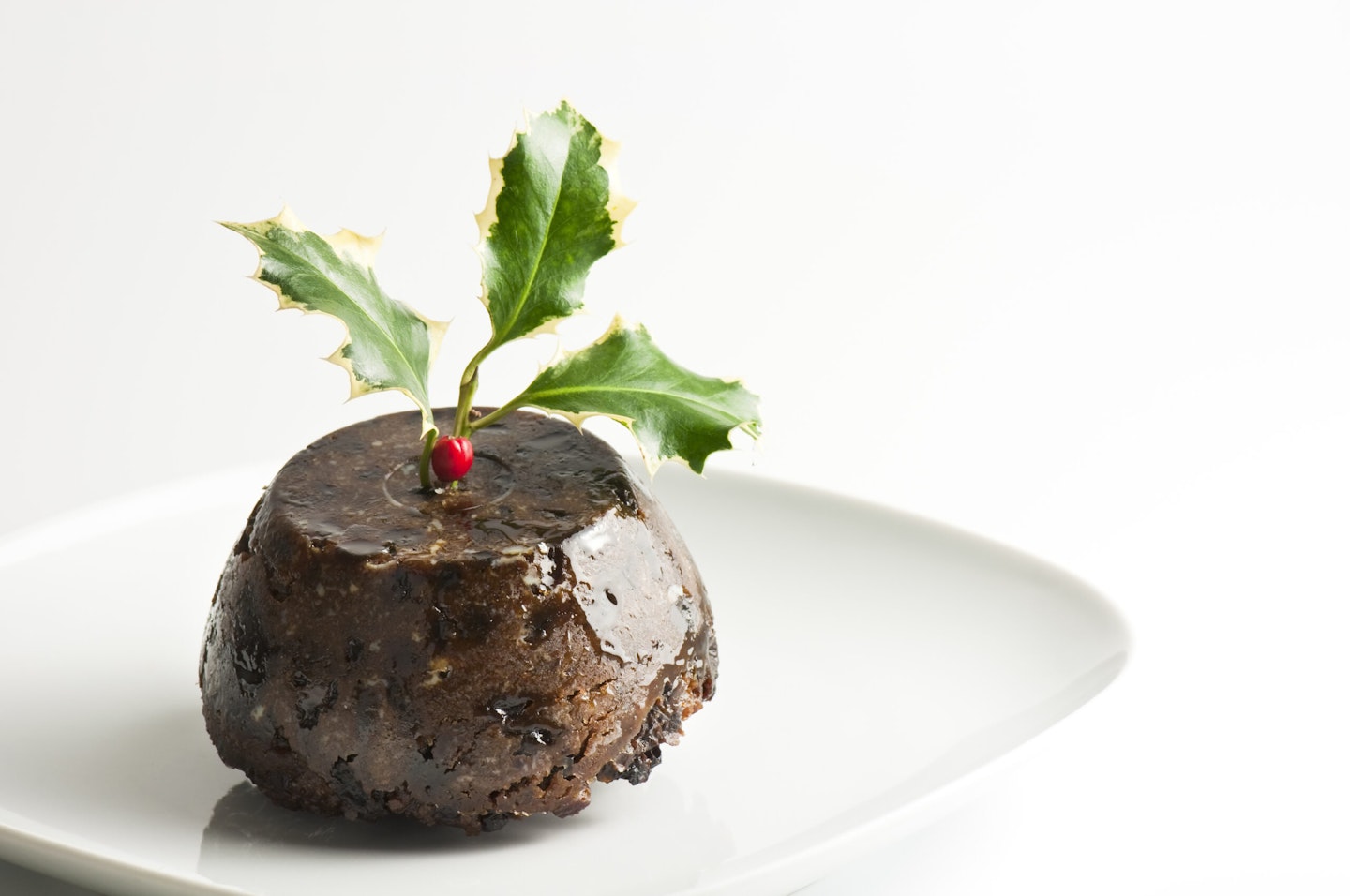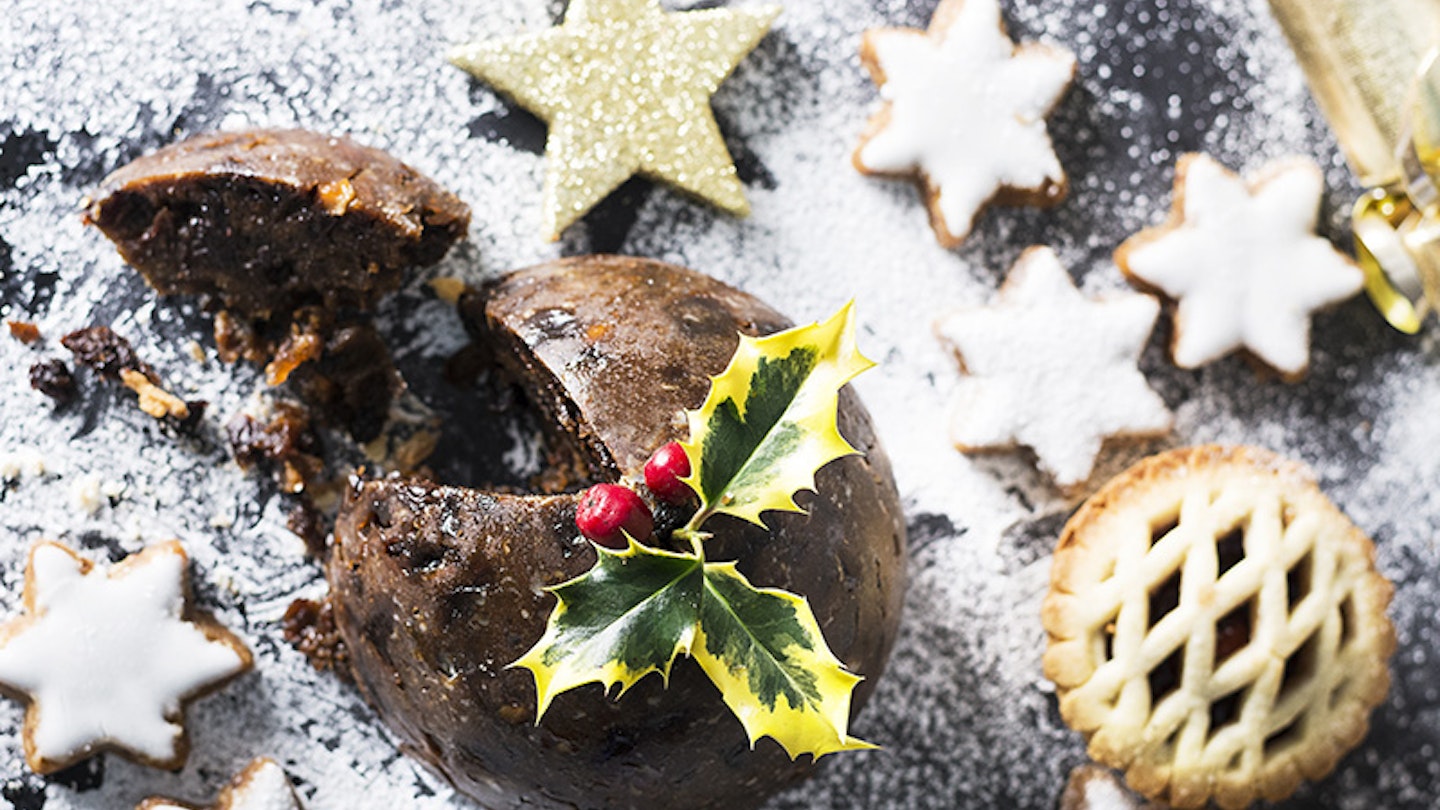Ah, Christmas pudding, the grand finale of any classic holiday feast! With its rich, fruity flavors and deep, aromatic spices, this dessert has been a festive favourite for centuries. And who better to guide us through it than Mary Berry, the queen of traditional baking!
Mary's Christmas pudding recipe is a treasure trove of holiday nostalgia. It’s the sort of dessert you start weeks, even months, in advance, allowing the flavours to meld and mature.
Her recipe is simple but packed with tradition, encouraging everyone to gather in the kitchen for the festive holidays, where each family member takes a turn mixing and making a wish.
So, get ready to fill your home with the unmistakable scent of Christmas magic, because Mary Berry’s Christmas pudding is more than a dessert!
Preparation Time
1-2 hours
Cooking time
Over 2 hours
Serves
6-8
Ingredients
450g/1lb dried mixed fruit (use a mixture of sultanas, raisins, and snipped apricots)
1 small cooking apple, peeled, cored and roughly chopped
1 orange, finely grated rind and juice
3 tbsp brandy, sherry, or rum, plus extra for flaming
75g/3oz butter, softened, plus extra for greasing
100g/3½oz light muscovado sugar
2 free-range eggs
100g/4oz self-raising flour
1 tsp mixed spice
40g/1½oz fresh white breadcrumbs
40g/1½oz whole shelled almonds, roughly chopped
For the brandy butter
100g/3½oz unsalted butter, softened
225g/8oz icing sugar, sieved
3 tbsp brandy, rum or cognac
You will also need a 1.4 litre/2½ pint pudding basin

Method
-
Measure the sultanas, raisins, apricots and apple into a bowl with the orange juice. Add the measured brandy (rum or sherry), stir and leave to marinate for about one hour.
-
Put the measured butter, sugar and grated orange rind into a large bowl and cream together with a wooden spoon or a hand-held whisk until light and fluffy. Gradually beat in the eggs, adding a little of the measured flour if the mixture starts to curdle.
-
Sift together the flour and mixed spice, then fold into the creamed mixture with the breadcrumbs and the nuts. Add the soaked dried fruits with their soaking liquid and stir well.
-
Generously butter a 1.4 litre/2½ pint pudding basin. Cut a small disc of foil or baking parchment and press into the base of the basin.
-
Spoon into the prepared pudding basin and press the mixture down with the back of a spoon. Cover the pudding with a layer of baking parchment paper and foil, both pleated across the middle to allow for expansion. Tie securely with string and trim off excess paper and foil with scissors.
-
To steam, put the pudding in the top of a steamer filled with simmering water, cover with a lid and steam for eight hours, topping up the water as necessary.
-
To boil the pudding, put a metal jam jar lid, or metal pan lid, into the base of a large pan to act as a trivet. Place a long, doubled strip of foil in the pan, between the trivet and the pudding basin, ensuring the ends of the strip reach up and hang over the edges of the pan. This will help you to lift the heavy pudding basin out of the pan of hot water when it has finished cooking.
-
Lower the pudding onto the trivet and pour in enough boiling water to come half way up the side of the bowl. Cover with a lid, bring the water back to the boil, then simmer for about seven hours, until the pudding is a glorious deep brown colour, topping up the water as necessary.
-
For the brandy butter, place the butter into a mixing bowl and cream with a wooden spoon until light and fluffy – or for speed use an electric hand-held mixer. Beat in the sieved icing sugar until smooth, then add brandy, rum or cognac, to taste. Spoon into a serving dish, cover and set aside in the fridge.
-
When cooked through, remove the pudding from the pan and cool completely. Discard the paper and foil and replace with fresh. Store in a cool, dry place.
-
To serve, on Christmas Day, steam or boil the pudding for about two hours to reheat. Turn the pudding onto a serving plate. To flame, warm the brandy or rum in a small pan, pour it over the hot pudding and set light to it. Serve with brandy butter.
Recipe by Mary Berry, from The Great British Bake Off.
Frequently Asked Questions
When should I start making Christmas pudding?
For a rich, flavourful Christmas pudding, it’s ideal to start about 4-6 weeks before Christmas. Traditionally, people make it on_Stir-up Sunday_, the last Sunday before Advent, which usually falls in late November. This gives the pudding time to mature, allowing the flavors to deepen and blend.
Can I substitute butter for suet in Christmas pudding?
Yes, you can substitute butter for suet in Christmas pudding! Use the same amount of butter as the recipe calls for suet, and chill the butter beforehand to get a similar crumbly texture. Grating the cold butter can help achieve a more even mix, similar to suet’s texture, which distributes more evenly in the pudding. Keep in mind that butter will add a slightly richer, creamier flavor and a softer texture to the pudding, which many people enjoy as an alternative.
Why do you have to boil Christmas pudding for so long?
Boiling (or steaming) Christmas pudding for several hours is essential because it helps fully cook and set the dense mixture of dried fruits, flour, and fat while keeping it moist.
